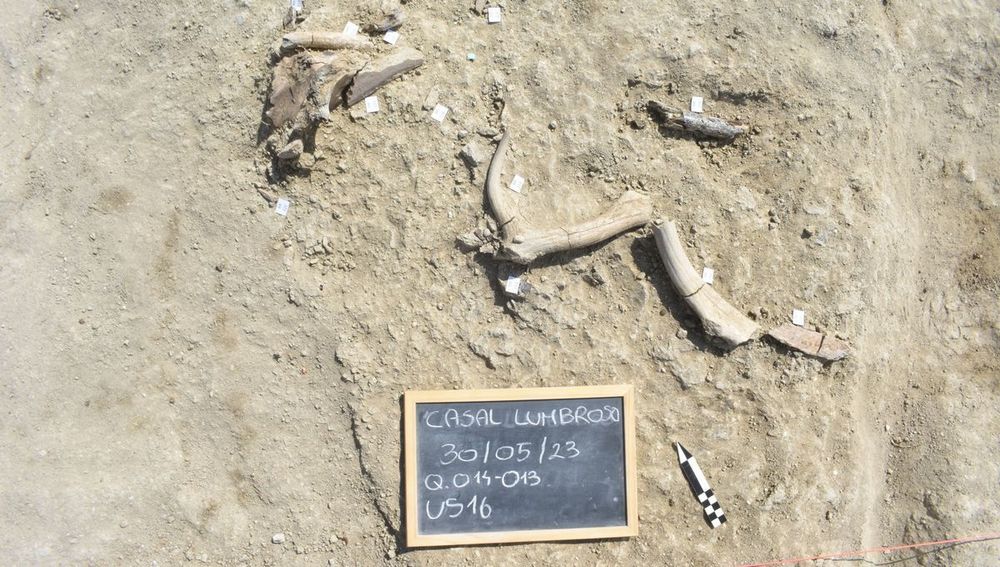Patrick Goymer
@patrickgoymer.bsky.social
730 followers
300 following
53 posts
Life Sciences Division Editor at @plosone.org. Former Chief Editor of Nature Ecology & Evolution. Trustee at @suffolkwildlife.bsky.social.
Posts
Media
Videos
Starter Packs
Reposted by Patrick Goymer
Reposted by Patrick Goymer
Reposted by Patrick Goymer
Reposted by Patrick Goymer
Reposted by Patrick Goymer
Nature
@nature.com.web.brid.gy
· Aug 28

Even dinosaurs weren’t safe from this giant croc-like predator
Nature, Published online: 28 August 2025; doi:10.1038/d41586-025-02727-z
The creature might have been more than 3.5 meters long, with powerful jaws and serrated, flesh-cutting teeth.
www.nature.com
Reposted by Patrick Goymer
























